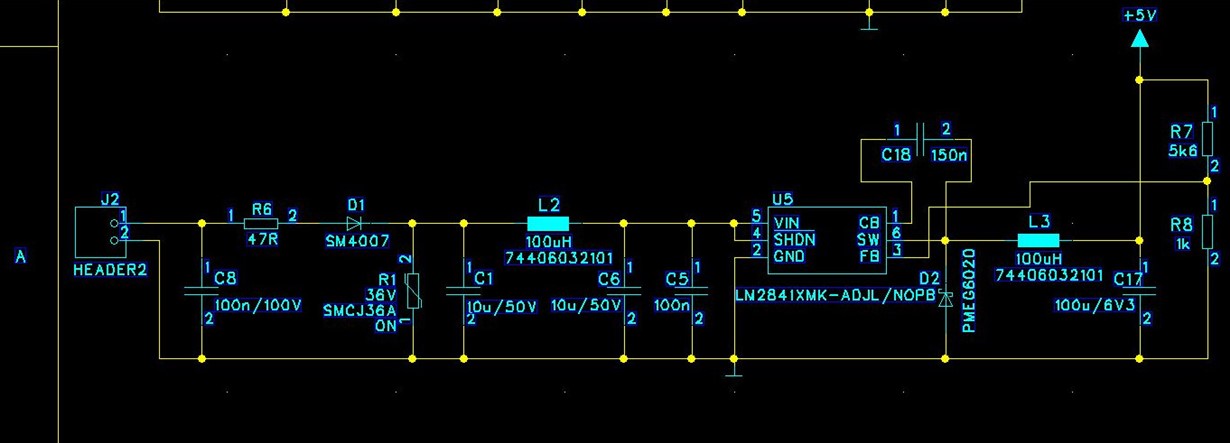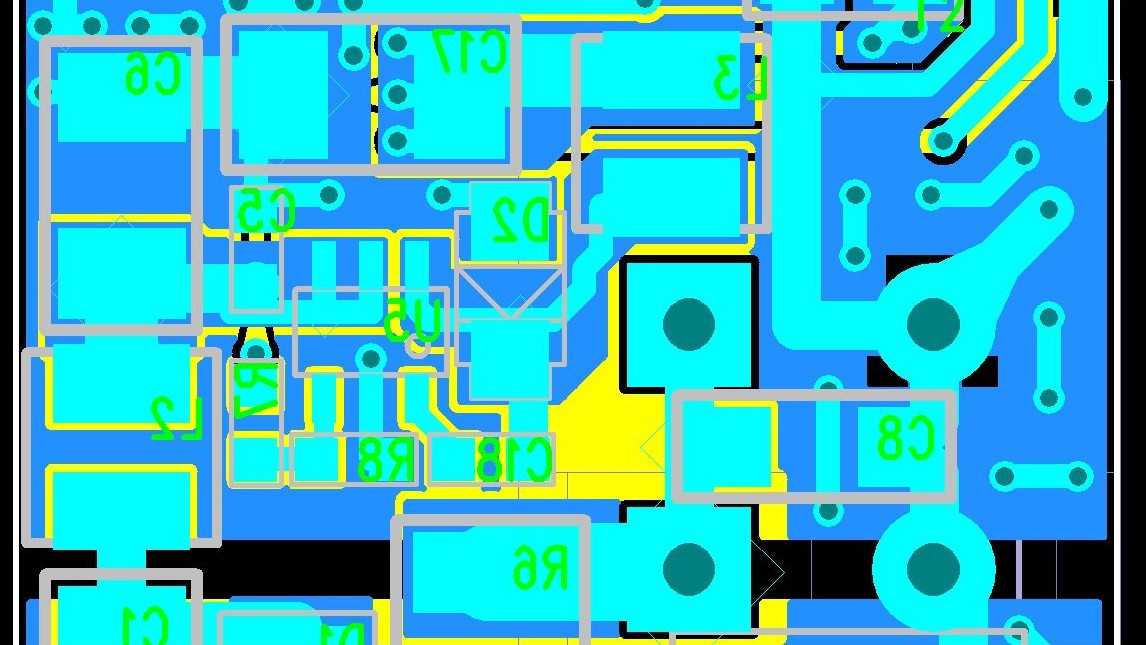Hi
We have a design with the LM2841XMK. It is set to produce +5V out of +24V. The lower feedback resistor, 1k, size 0603 is directly located at pins 2 and 3. The upper one, 5k6, is located very near too. All EMI tests went very well. We use formal coating to protect the PCB. Now we noticed that when water is applied to the place where the chip resides the output voltage drops. Even condensed water shows the effect. It is more, when the input voltage increases and less with lower input voltage. So we think that there is a capacitive coupling from the switching voltage to the feedback pin, which let the voltage drop. Do you think a small capacitor of some pF over the upper feedback resistor could help to make the feedback loop less sensitive. Or do you have any other ideas? Thank you for your time.
Gerhard




